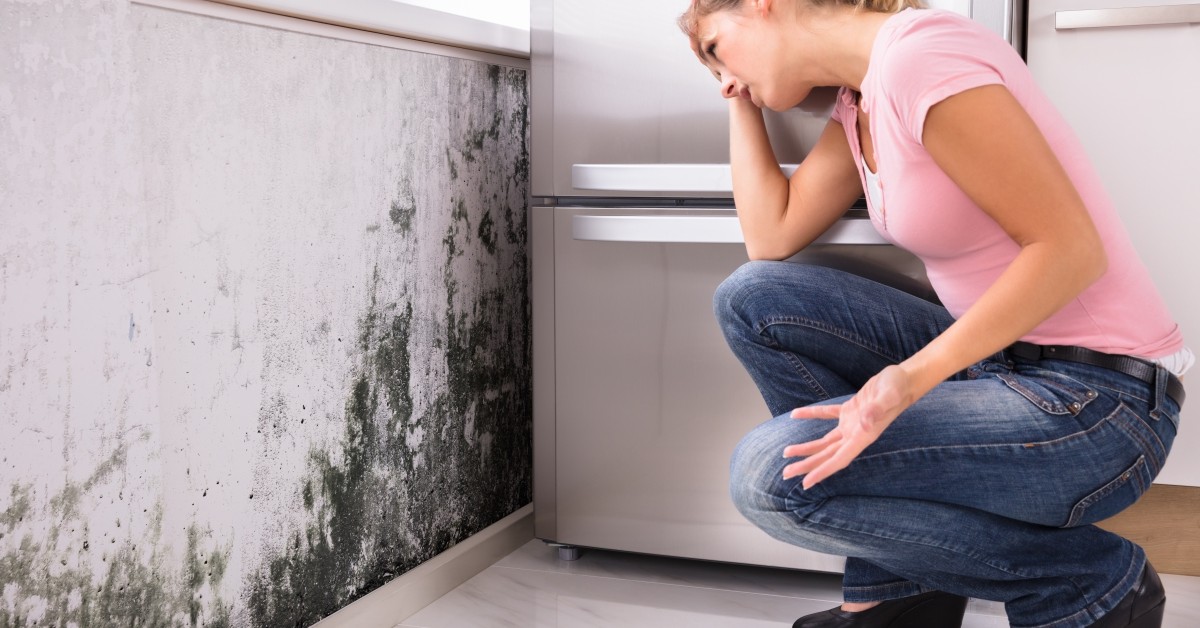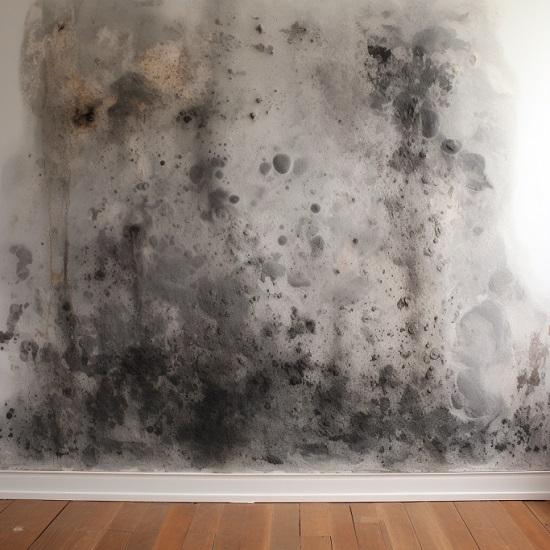After Mold Remediation Strategies for Clean Rooms
After Mold Remediation Strategies for Clean Rooms
Blog Article
Specialist Tips for Article Mold And Mildew Remediation Success
In the world of mold removal, successfully getting rid of mold is just half the fight; the true challenge exists in stopping its reappearance. By adhering to experienced suggestions and best techniques, people can guard their rooms against mold and mildew resurgence and maintain a healthy interior setting.
Screen Moisture Levels Routinely
Regular surveillance of humidity degrees is crucial in ensuring the efficiency of post mold and mildew remediation efforts. After completing mold and mildew removal treatments, maintaining ideal humidity degrees is important to stop mold and mildew re-growth and ensure a healthy indoor atmosphere. Monitoring moisture degrees permits very early detection of any kind of spikes or fluctuations that could potentially result in mold rebirth. High humidity degrees over 60% develop a conducive atmosphere for mold to thrive, making routine checking a positive procedure to stop any future mold and mildew problems - Post Mold Remediation Report.
Making use of hygrometers or wetness meters can assist in properly determining humidity levels in various locations of the building. These tools give real-time information that allows remediation experts to make educated decisions concerning air flow, dehumidification, and other necessary actions to maintain ideal moisture levels post-remediation. Furthermore, establishing a regular timetable for humidity checks, specifically in risky areas such as shower rooms, kitchens, and cellars, is a positive strategy to mold and mildew prevention. By constantly keeping an eye on humidity levels, residential or commercial property owners can effectively minimize the danger of mold and mildew reoccurrence and maintain a healthy indoor setting post-remediation.
Conduct Thorough Inspections Post-Remediation
Following the completion of mold remediation treatments, it is imperative to carry out detailed inspections to verify the effectiveness of the removal process. These post-remediation examinations are important in making certain that the mold and mildew problem has been successfully addressed which there is no reoccurrence or remaining mold and mildew development. Evaluations ought to be executed by certified experts that have knowledge in recognizing mold and mildew and assessing interior air high quality.
Throughout these evaluations, numerous methods such as aesthetic evaluations, air sampling, and surface tasting may be employed to extensively examine the remediated areas. Aesthetic analyses involve a thorough examination of the premises to look for any visible indications of mold and mildew growth or water damages. Air sampling assists in establishing the airborne mold and mildew spore degrees, while surface tasting can identify mold and mildew fragments on surfaces.
Implement Correct Air Flow Methods
After guaranteeing the effectiveness of the mold and mildew removal procedure through extensive inspections, the following important action is to concentrate on executing proper ventilation techniques. Appropriate air flow is crucial in avoiding mold reoccurrence by regulating dampness levels and advertising air blood circulation. To accomplish this, it is advised to utilize exhaust followers in areas vulnerable to high humidity, such as shower rooms and kitchen areas. Additionally, opening up home windows and doors when weather allows can help improve air flow and decrease moisture buildup. Air cleansers and dehumidifiers are also beneficial tools in preserving optimum indoor air quality.
Correct air flow not only aids in avoiding mold development yet additionally adds to the total health and comfort of owners. By making certain appropriate air flow throughout the home, you can minimize the threat of mold regrowth and create a healthier living environment. Normal maintenance of air flow systems, consisting of cleaning and filter replacements, is essential to maintaining reliable ventilation. Consulting with a/c experts can supply additional understandings right into optimizing ventilation strategies for your details residential property requirements.

Usage Mold-Resistant Materials for Repairs
To enhance the lasting effectiveness of mold and mildew removal efforts, including mold-resistant products for fixings is vital in reducing the threat of future mold development. Mold-resistant products are developed to withstand moisture and hinder mold growth, making them a necessary selection for areas Related Site prone to dampness More about the author and moisture. When fixing areas impacted by mold and mildew, using products such as mold-resistant drywall, mold-resistant paints, and mold-resistant caulking can help stop mold reappearance.
Mold-resistant drywall is an outstanding choice to conventional drywall in locations like shower rooms and cellars where moisture levels are higher. When revealed to damp conditions, this type of drywall has an unique coating that withstands mold growth even. Additionally, making use of mold-resistant paints including antimicrobial representatives can even more inhibit mold development on ceilings and walls.
In locations where dampness prevails, such as cooking areas and restrooms, making use of mold-resistant caulking around sinks, home windows, and tubs can assist secure out water and protect against mold from holding in fractures and crevices. By investing in these mold-resistant materials throughout repair services post-remediation, you can dramatically minimize the possibility of future mold and mildew concerns and keep a healthier interior atmosphere.
Maintain Sanitation and Address Water Issues
After mold and mildew remediation, it is vital to keep a tidy atmosphere to avoid the regrowth of mold and mildew. Leaks, water intrusion, or high humidity degrees can create the excellent reproduction ground for mold and mildew, so it is essential to deal with any type of water-related issues quickly.
To maintain cleanliness, take into consideration using HEPA filters in vacuums and air cleansers to catch mold and mildew spores and prevent their blood circulation in the air. Guaranteeing proper ventilation in locations prone to moisture build-up, such as washrooms and kitchens, can aid maintain moisture levels in check. By remaining vigilant regarding cleanliness and addressing water issues immediately, you can successfully prevent mold reinfestation and maintain a healthy indoor setting.
Conclusion

In the world of mold and mildew removal, successfully eradicating mold is only half the battle; the true challenge lies in preventing its reappearance. After completing mold remediation procedures, preserving optimum moisture levels is important to prevent mold and mildew re-growth and make sure a healthy and balanced interior setting. High moisture degrees over 60% create a helpful environment for mold to prosper, making regular keeping an eye on a proactive measure to avoid any kind of future mold issues.
To boost the long-lasting efficiency of mold remediation initiatives, integrating mold-resistant products for repair work is important in alleviating the risk of future mold growth. After mold and mildew remediation, it is essential to preserve a clean setting to protect against the regrowth of mold and mildew.
Report this page